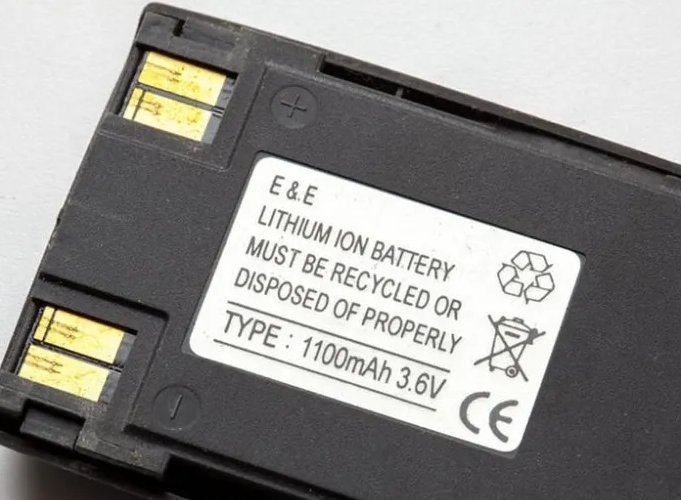
One of the research facilities under the U.S. Department of Energy is collaborating with the technology giant Microsoft on a project that could reduce the required lithium amounts for lithium-ion batteries by 70% compared to current levels. The Pacific Northwest National Laboratory (PNNL) and Microsoft announced in separate statements their success in developing a real test model for a battery that uses less lithium and produces sufficient electricity to power a light bulb.
Lithium is an essential component in the production of lithium-ion batteries used in electric cars, smartphones, laptops, and other portable devices. The collaboration aims to address the increasing demand for lithium due to the growing popularity of electric vehicles.
While lithium is in high demand, there are concerns about environmental pollution and inhumane working conditions associated with its extraction. The development of a test model for a battery using significantly less lithium is a positive step towards addressing these concerns.
The research institutions utilized artificial intelligence (AI) and high-performance computing from Microsoft’s cloud computing platform, Azure Quantum Element, to identify a suitable new material. The U.S. government research facility was then able to produce this new material synthetically in the laboratory.
During the research project, a staggering 32 million potential raw materials were tested. Thanks to artificial intelligence, the number of promising materials was narrowed down to 18 within just 80 hours. This significantly shortened the testing process compared to traditional research methods.
Tony Peurrung, Deputy Director of PNNL for Science and Technology, highlighted that the integration of artificial intelligence, cloud computing, high-performance computing, and scientists is a crucial element in accelerating the path to meaningful scientific results. He emphasized the unexpected and non-traditional discoveries that artificial intelligence can uncover, making it a worthwhile avenue for exploration.
Leave a Reply